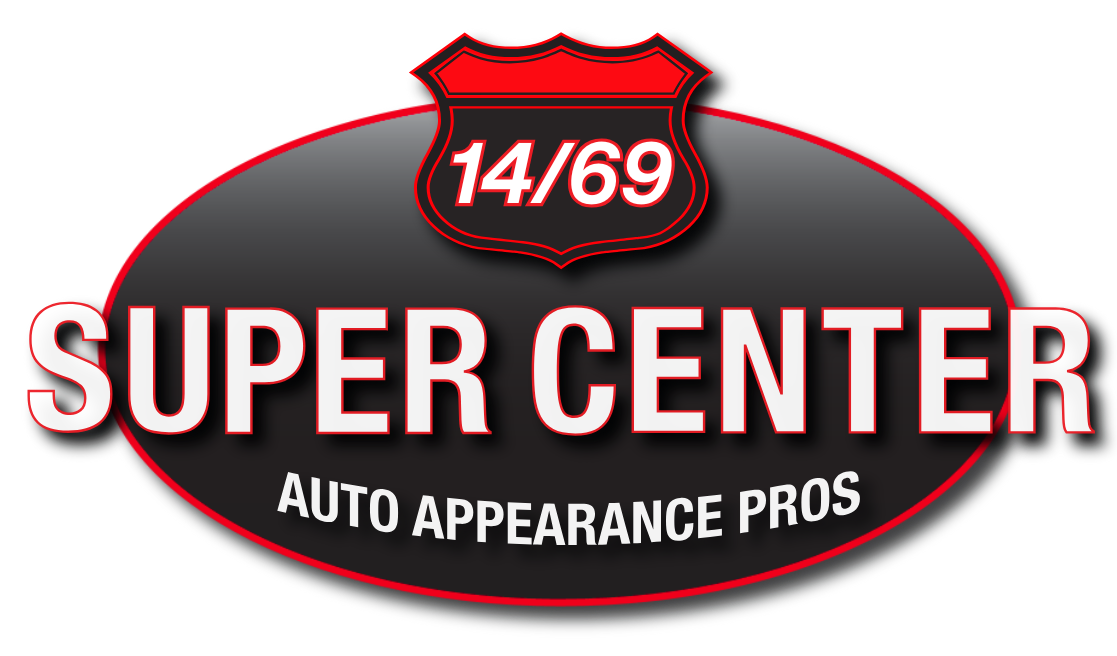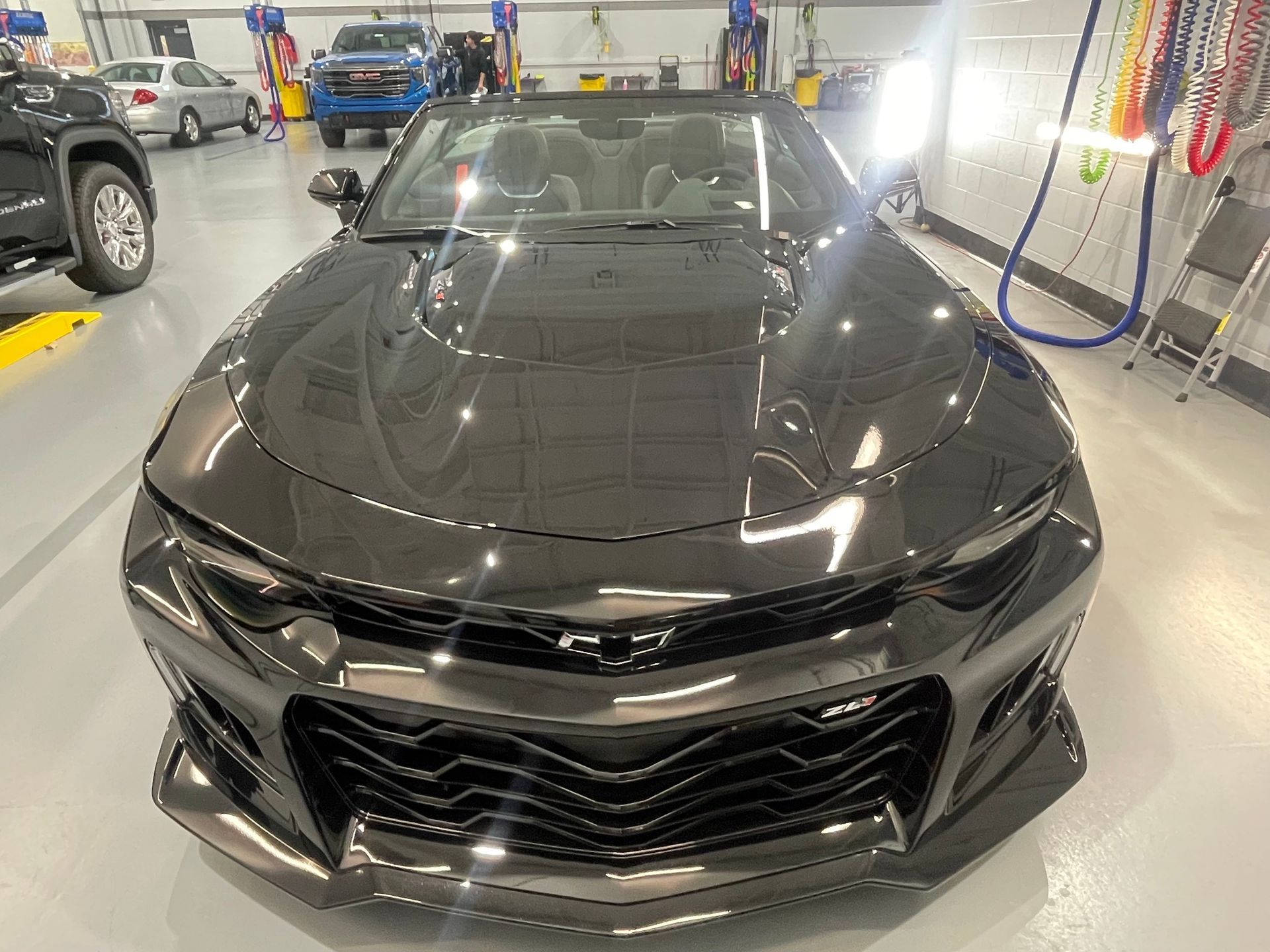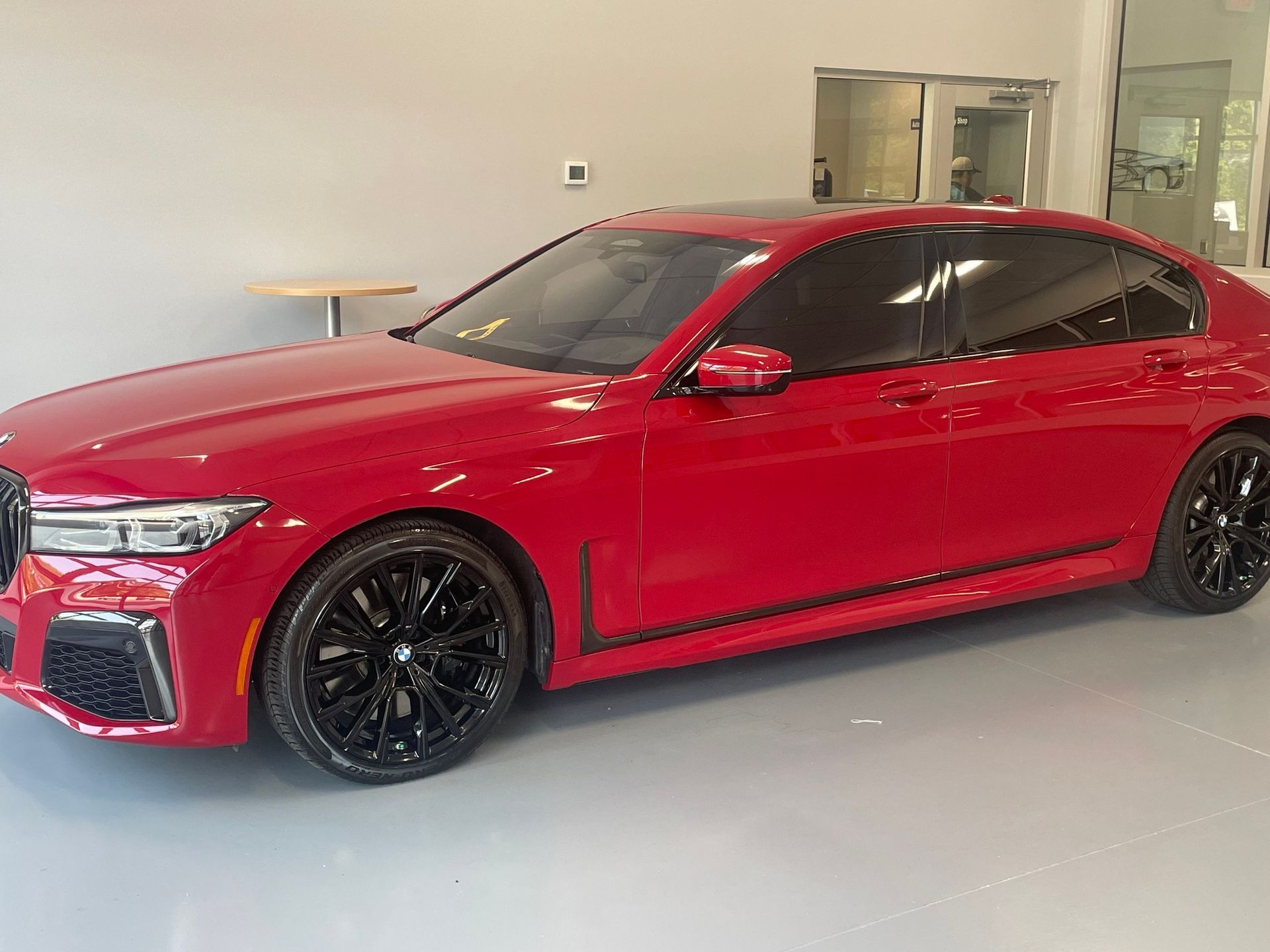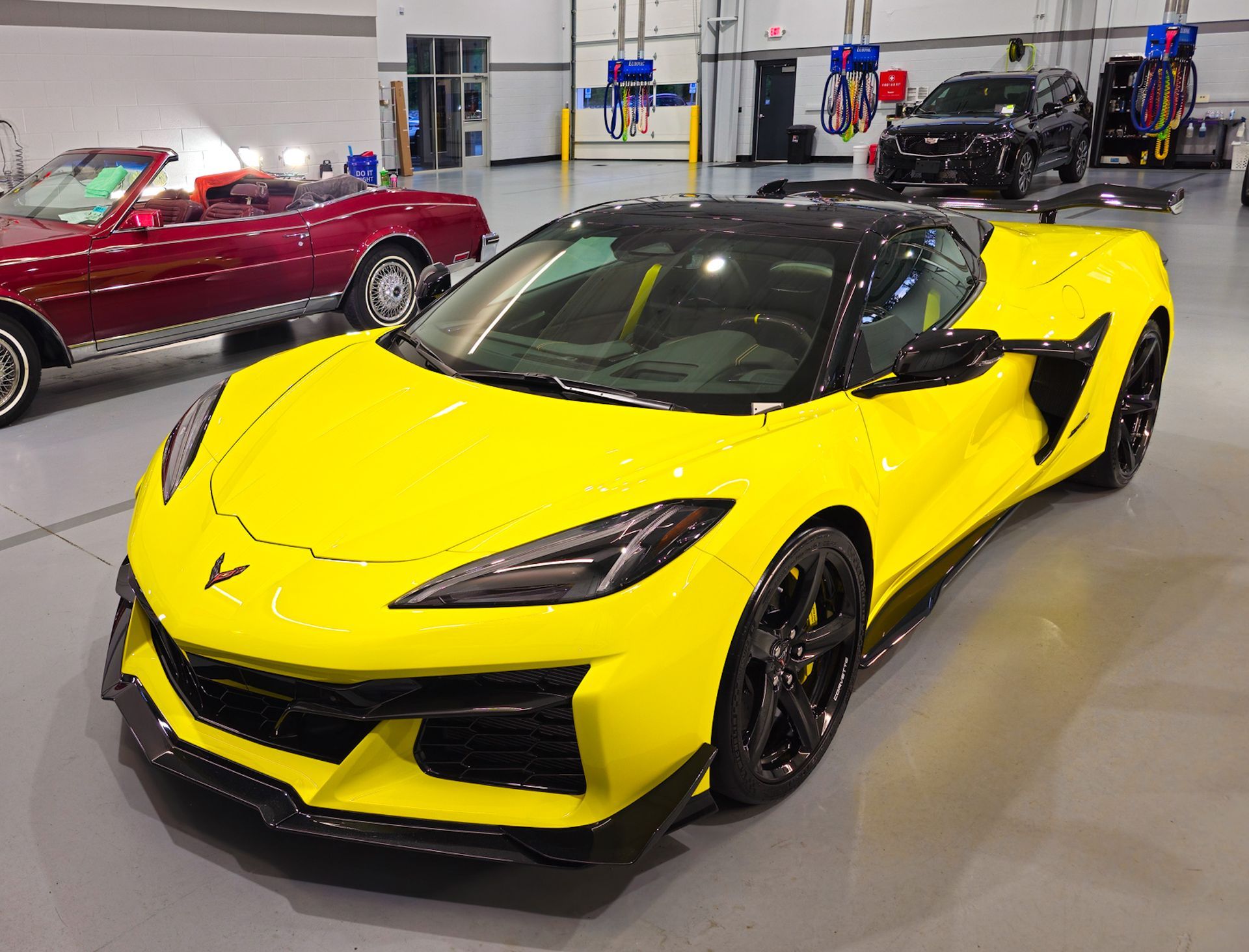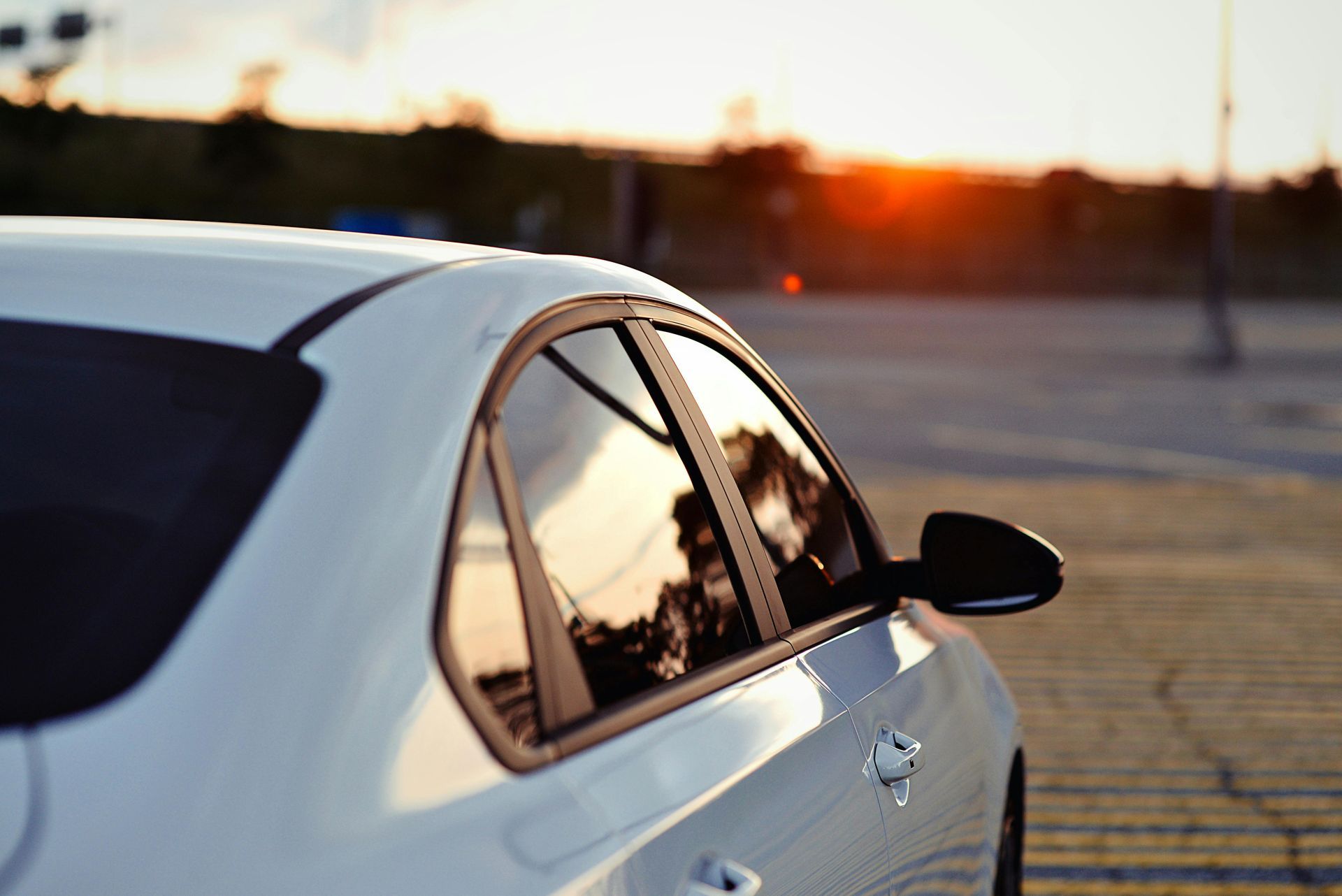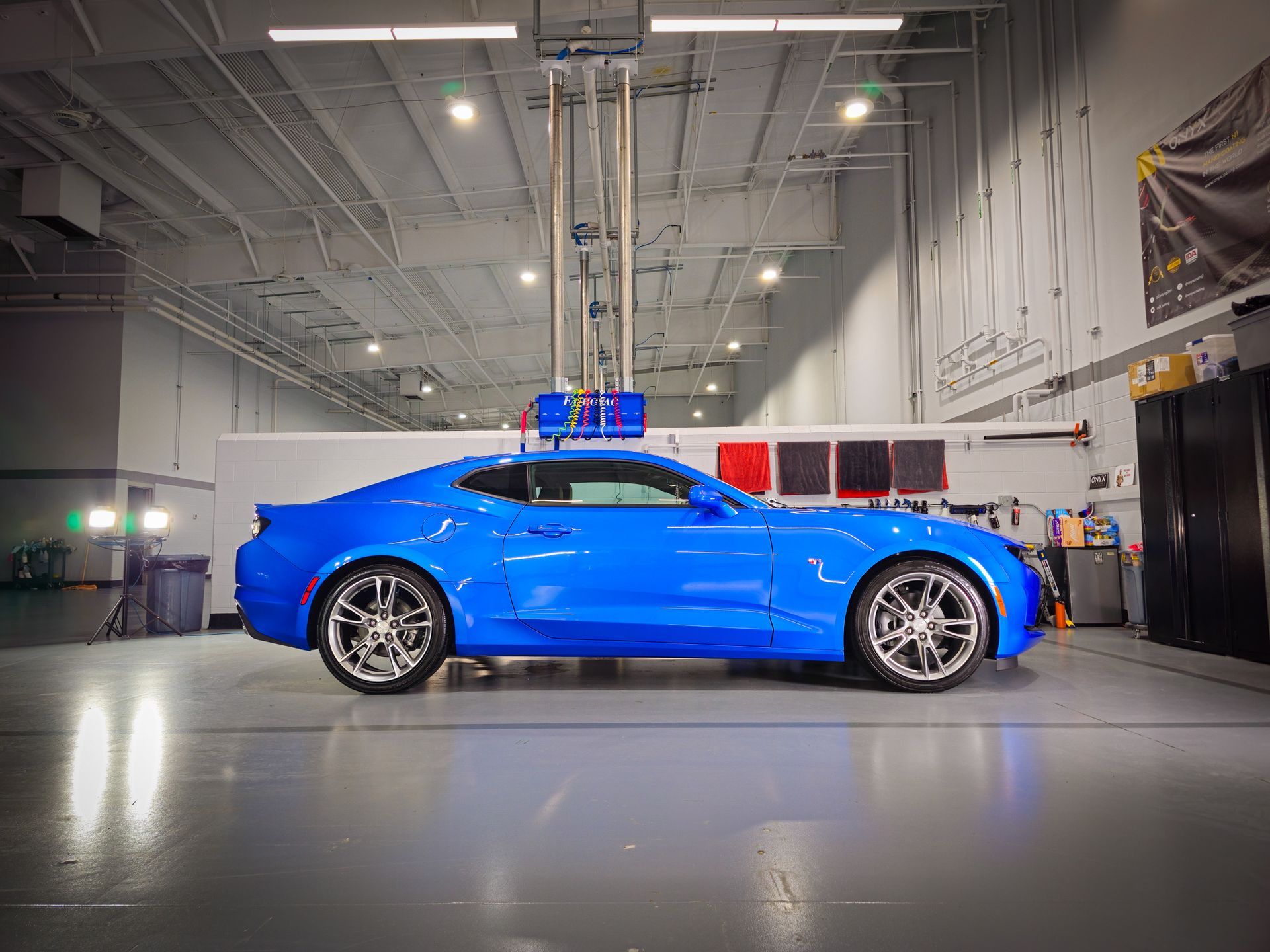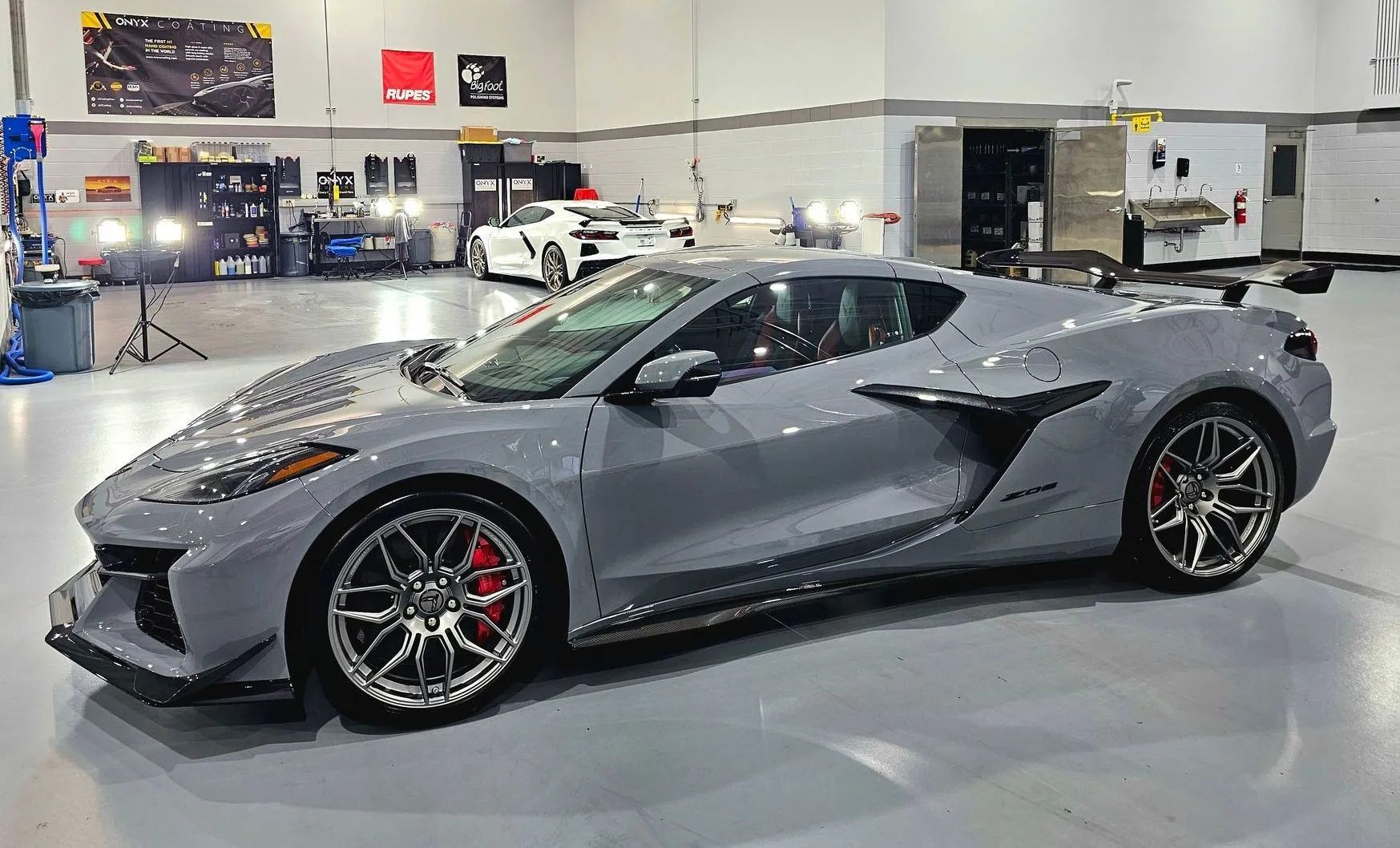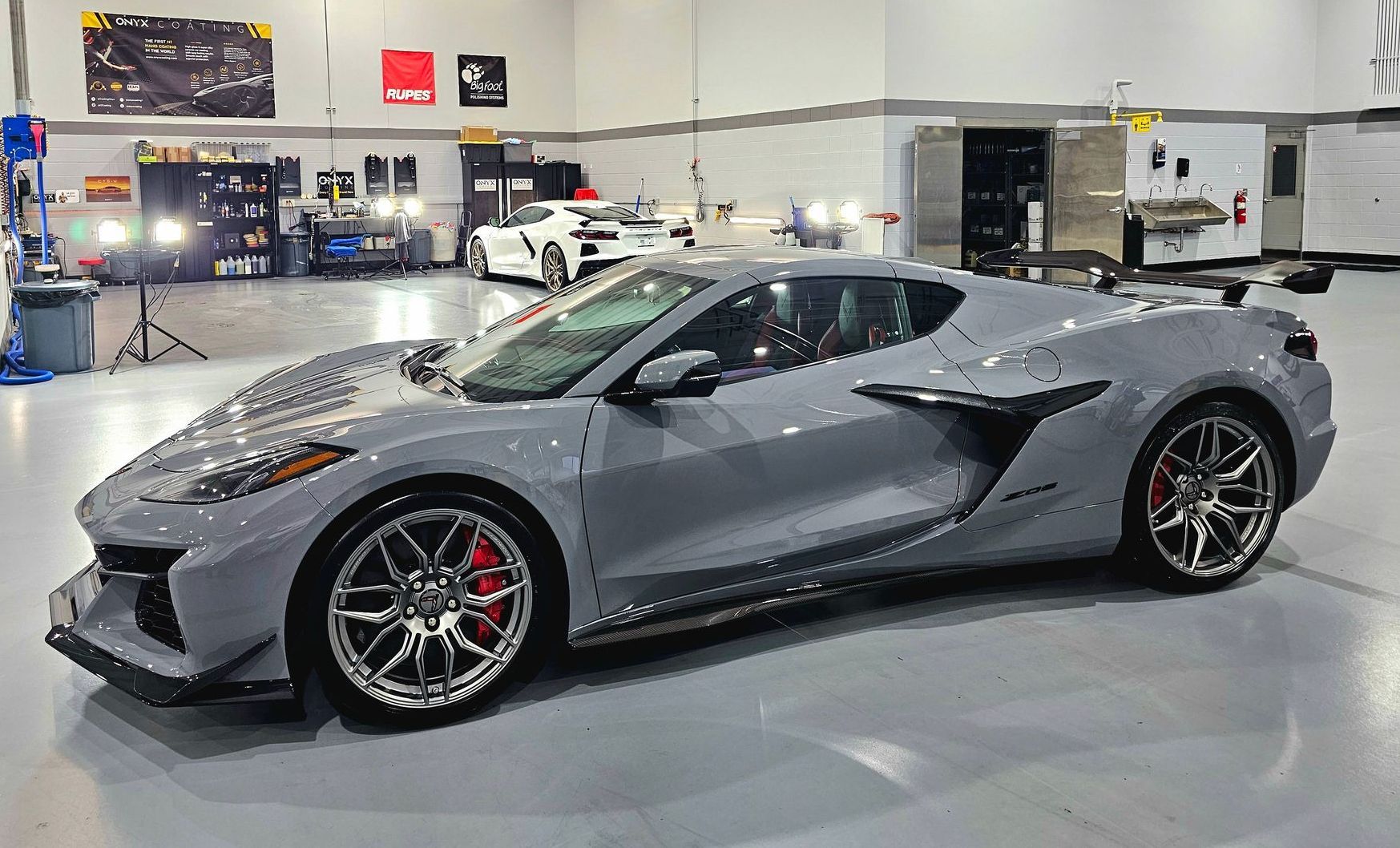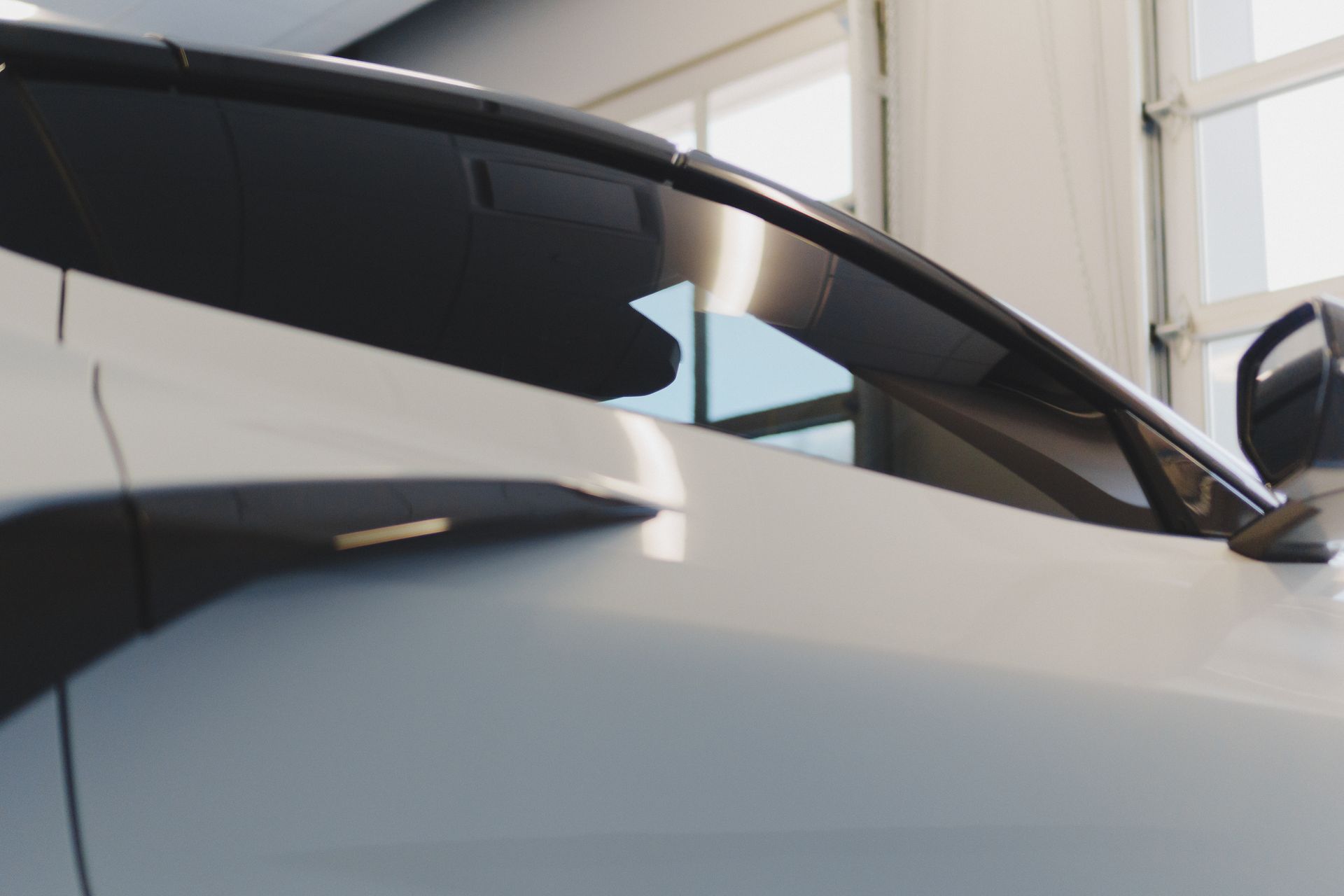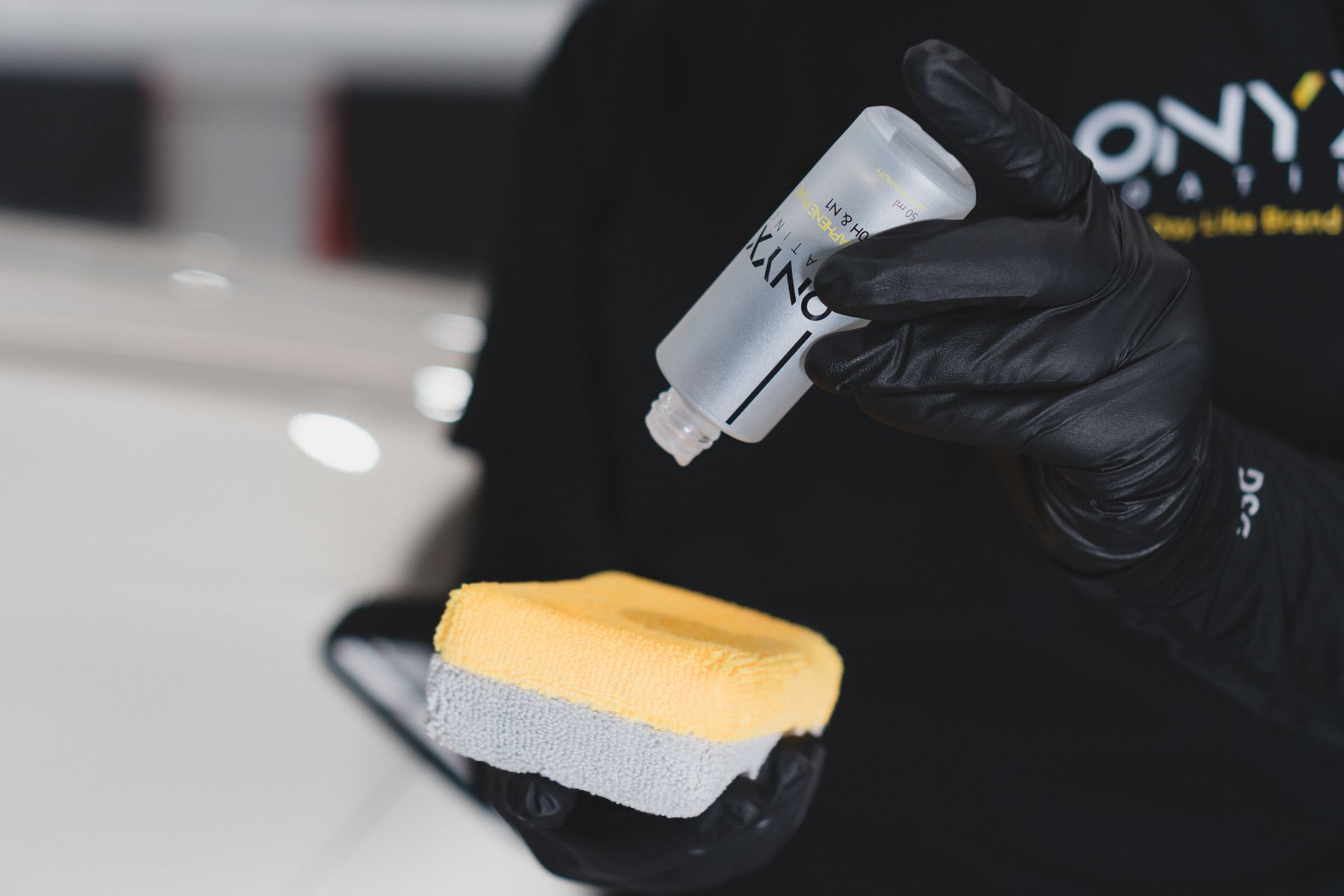Choosing the Right Window Tint for Your Vehicle: A Complete Guide
CALL (260) 436-9274
When it comes to vehicle window tinting, many people think it’s just about looking cool or adding a bit of privacy. But the truth is, the right window tint can significantly enhance your comfort on the road and protect you from harmful UV rays. If you've ever stepped into a car that feels like an oven after being parked in the sun, you'll understand the value of effective heat rejection. Choosing the perfect window tint might seem overwhelming with so many options available, but this guide will break everything down for you!
When choosing the right window tint for your vehicle, consider factors such as your geographical location, desired level of UV and infrared protection, and local regulations regarding visible light transmittance (VLT) levels. Additionally, understanding different products' features, like Carbon Color Stable or Ceramic IR tints, will help ensure you select a film that meets both aesthetic preferences and functional requirements.
Different Types of Window Tint
When exploring vehicle window tints, it's important to recognize that each type serves distinct purposes and comes with its set of benefits and drawbacks.
- Dyed Window Tints: They are often the most budget-friendly option available. While they provide a degree of privacy and glare reduction, be mindful that their color may fade over time due to prolonged exposure to sunlight, diminishing their attractive appearance.
- Metalized Window Tints: They stand out for their durability, reflecting heat and UV rays efficiently. However, they do come with a caveat: the metal particles can interfere with radio signals, which may not sit well if you rely on GPS or have a radio that picks up weak frequencies. This trade-off makes it essential to consider how much you value signal clarity versus protection from heat.
- Hybrid Window Tints: It offers a clever solution for those who want the best of both worlds. By combining dyed and metalized films, hybrids strike a balance between performance and aesthetic appeal while minimizing interference with electronic signals. For many consumers seeking versatility in their window tinting experience, this option is a solid compromise.
- Carbon Tints: They boast not only a sleek matte finish but also excellent UV protection without the typical issues posed by metalized options. This means they won't interfere with your vehicle's electronic systems while still offering significant heat rejection.
- Ceramic Window Tints: Shine in areas that matter most for many drivers—blocking harmful UV rays and providing impressive infrared heat rejection while maintaining visual clarity. This high-performance option is particularly beneficial in warmer climates where cooling is pivotal. Plus, because they don't contain metal, you won't experience any degradation in electronic signals.
Each type has its pluses and minuses, but the right fit depends on your individual preferences, climate conditions, and vehicle usage!
Legal Regulations and Tint Percentage
Understanding window tint regulations can often feel like navigating a maze with no clear path. However, in Texas, specific rules were set in 2009 to ensure that while you enjoy privacy and style, you're also maintaining visibility and safety on the road. The main metric used to gauge tint darkness is Visible Light Transmission (VLT), which indicates how much light can pass through the window tint. For sedans, the front side windows Vehicles must allow at least 25% visible light transmission (VLT), and SUVs and vans are subject to similar guidelines. Safety plays a vital role in these regulations. Driving at night with heavily tinted windows can be disastrous if you are unable to distinguish between shadows and obstacles around you. This understanding resulted in specific regulations for windshield tinting as well. Both sedans and SUVs/vans are required to have windshields tinted above the manufacturer’s AS-1 line or within the top five inches of the glass, allowing for that crucial 25% VLT with less than 25% reflection from the exterior. Furthermore, it doesn't stop with just VLT; there are other important regulations concerning reflectivity as well.
- Reflectivity rules: Neither front nor back side windows can exceed 25% reflectiveness, ensuring that incoming sunlight doesn't create blinding glare for you or other drivers.
- Rear window conditions: If you choose to tint your rear window, bear in mind that dual side mirrors are mandatory. This requirement safeguards against blind spots that can occur due to additional darkness at the back.
- Color restrictions: Be mindful that certain colors—like red, blue, and amber—are prohibited for windshields because they could interfere with other drivers’ visibility.
Given the complexities of these laws, it’s worth mentioning that film manufacturers are obligated to certify their products for compliance in Indiana. This means that when you go shopping for window tint, you'll want to check whether the product has the necessary specifications to be considered legal. There should also be a sticker indicating the legal tinting's legitimacy placed between the film and glass on the driver's side window—a small detail that clarifies your adherence to regulations. It’s important to consult local regulations to understand eligibility and application details correctly!
Assessing Your Tinting Needs
Every vehicle's window tint should serve a specific purpose based on the driver’s lifestyle and preferences. The first step in selecting the right tint is to clearly identify what you aim to achieve with it. Are you looking for relief from the heat that blares through the windows on hot summer days? Or are you seeking enhanced privacy while driving through busy streets? Perhaps aesthetics is your primary motivation, wanting that sleek, sophisticated look only a quality tint can provide. When considering these factors, think about your geographic location and daily routines. For instance, if you live in an area where temperatures often soar, investing in a ceramic tint can dramatically reduce heat when compared to standard options. This type not only provides maximum heat rejection but also blocks harmful UV rays, creating a comfortable driving experience and protecting your skin over time.
In fact, studies show that 70% of vehicle owners prioritize heat reduction as their main reason for tinting their windows. If you find yourself frequently navigating through urban traffic during peak sunlight hours, UV protection becomes all the more critical. Meanwhile, for those in cooler climates, a standard tint focusing solely on UV protection might suffice without necessitating advanced heat rejection features. Privacy is another significant concern. If you value discretion while out and about or simply want to keep prying eyes away from valuables left in your car, opting for darker shades is advisable; studies indicate that 60% of consumers favor darker tints for this very reason. However, be mindful that not all darker tints come with sufficient UV or IR (Infrared Radiation) protection, especially if your vehicle already has privacy glass installed. Understanding how your daily habits intersect with the benefits you'll get from specific types of tints will guide your choices effectively. If you spend long hours commuting during the day or frequently park outside under direct sunlight, selecting high-performance films will enhance both comfort and protection as you consider additional variables like color and shade.
Choosing the Right Tint Color and Shade
The color and shade of your window tint significantly impact the look and feel of your vehicle. This choice goes beyond aesthetics; it can influence privacy, comfort, and even safety while driving. Therefore, understanding the various tint options available is crucial to making an informed decision.
- Tint Shades: When it comes to tint shades, you generally have a spectrum ranging from very light to very dark. Lighter tints offer subtle shading without dramatically altering the car's appearance; they allow more visibility and are ideal for those who want a hint of style while maintaining a relatively open feel inside the vehicle. However, darker tints provide substantial benefits, including enhanced privacy and a cooler interior. Dark shades block out more sunlight, keeping your car's temperature down during hot months. It’s important to note that many states have legal limits on how dark you can go with your tint, so always check local regulations before making your choice.
- Tint Colors: While black remains the most common and traditional color for window tints, there are several attractive alternatives like charcoal, bronze, and even blue. Each color brings its unique charm to your vehicle. For example, a bronze tint can give a car a sophisticated look that stands out on the road, providing both elegance and UV protection. Think about whether you want something classic or if you're willing to experiment with bolder colors.
- Personal Style: Another critical aspect when choosing tint colors is ensuring that they complement your car's overall design and color scheme. For instance, a blue tint on a sleek white car may provide an eye-catching appearance and seem fresh; however, apply that same blue tint on a bright red car and you might find it clashes horribly. Pay attention not just to the tint itself but also to how it interacts with your vehicle's existing colors. This attention to detail can elevate your car’s overall look from good to stunning.
Choosing window tint is about more than just aesthetics; it's an expression of individuality coupled with practical considerations!
Finding Quality Installation
When it comes to window tinting, having a qualified installer can significantly influence both the visual appeal and longevity of your investment. It’s not just about slapping on some film; a skilled technician ensures that the application is seamless, bubble-free, and aligned with the manufacturer’s specifications. Without proper installation, you risk exposure to peeling or bubbling that can ruin even the highest quality tint. Begin your search by looking for local tinting shops. Take time to read online reviews on platforms like Yelp or Google, as they often provide real experiences from previous customers. Seek out shops with an average rating of at least 4.5 stars out of 5; the rating indicates a solid track record of customer satisfaction and quality service. Additionally, don’t hesitate to ask friends or community members for recommendations—personal referrals can lead you to reliable and trustworthy installers.
Certification
A key factor in selecting an installer is certification. Look for professionals certified by recognized organizations such as the International Window Film Association (IWFA). This certification is significant because it indicates adherence to industry standards and practices during installation. You might wonder why certification is important. Certified professionals like 14/69 Super Center are trained in the latest techniques and equipped with knowledge of various films, which ensures they use materials suitable for your specific needs, whether it’s UV protection or improved aesthetics. Moreover, certified shops typically offer warranties for their work and the film used, which means you can enjoy peace of mind knowing your investment is protected against defects or improper application.
To illustrate this point further, certified installers often utilize higher-quality films compared to non-certified counterparts. These films not only perform better but may also comply with state regulations regarding window tint levels. This compliance guarantees that you won’t face fines down the road due to improper installations—an essential consideration for any vehicle owner. Alongside certifications, experience is another critical aspect when considering installers. Before making a final decision, inquire about the installer’s experience within the window tinting industry. An experienced technician usually possesses a wealth of knowledge gained from years on the job, providing confidence in their ability to handle common issues that may arise during installation. Ideally, look for professionals who have at least five years of hands-on experience; their history in the field suggests not only skill but also familiarity with different types of vehicles and film applications.
Additionally, request a portfolio showcasing past installations. Reviewing examples of previous work allows you to assess their craftsmanship firsthand and determine if their style aligns with your expectations. Finally, don’t forget to discuss warranties before committing to an installation service; a reputable installer should provide clear warranty terms covering both the film and installation service for at least five years. It’s an essential safeguard for your purchase and a sign of their confidence in delivering quality work. By following these steps—researching local options, confirming certifications, checking experience levels, and understanding warranty offerings—you'll be equipped with the knowledge needed to proceed confidently into the next phase of your window tinting journey.
Warranties and Transparency Levels
When investing in window tint, understanding the warranty coverage is crucial. Choosing window tints with warranties that cover bubbling, peeling, or fading guarantees that you won't face any difficulties in the event of a malfunction. Warranties vary greatly, with some manufacturers offering lifetime coverage on select products. Such coverage indicates not only their confidence in the product but also gives you peace of mind knowing that you can potentially avoid costly repairs down the line. For instance, reputable brands offer a lifetime warranty on certain films, significantly enhancing long-term satisfaction; it's essential to choose a product that protects against common issues arising from everyday wear and tear. In contrast, lesser-known brands may only provide limited warranties lasting around five years. Investing in high-quality tint with a robust warranty can result in substantial savings while keeping your vehicle looking sharp. Just as important as warranties are the transparency levels associated with window tints.
Transparency Levels
Transparency level refers to how much light passes through the tint, measured as % Visible Light Transmission (VLT). A lower VLT means that the tint is darker and allows less light to enter the vehicle, which may improve privacy but could hinder visibility depending on local regulations. Conversely, a higher VLT percentage allows for better visibility and is necessary for compliance with state laws regarding vehicle window tints. It’s critical to strike a balance when selecting your tint's VLT, especially for front windows where legal limits are often stricter. For example, a film with a VLT of 70% strikes an excellent balance—it provides sufficient shading without breaching legal guidelines required in many states. Such an approach ensures you maintain your vehicle's aesthetics while avoiding potential fines or legal troubles.
Always check your local laws regarding window tinting regulations before making a decision. The choice of transparency levels not only impacts how your vehicle looks but also affects passengers' safety and comfort. In hotter climates, opting for a darker tint may help keep interior temperatures down by blocking more heat, whereas lighter tints might be sufficient in cooler regions where UV protection is more of a concern than visibility. In essence, understanding warranties and transparency levels gives consumers insight into both the performance of window tints and their legality. By making informed choices about these aspects, you'll enhance the longevity and suitability of your selected tint while aligning with your personal preferences and local regulations. Remember, investing in quality options pays off in the long run!
Leading Window Tinting Experts in Fort Wayne, IN
Protect your car’s interior from harmful UV rays and enjoy a cooler, more comfortable ride with 14/69 Super Center’s premium window tinting services in Fort Wayne, IN. Our skilled technicians ensure perfect tinting every time, offering both aesthetic appeal and practical benefits like glare reduction and increased privacy. Get the sleek look and protection your vehicle deserves—book your window tinting appointment today!
